Trending
Opinion: How will Project 2025 impact game developers?
The Heritage Foundation's manifesto for the possible next administration could do great harm to many, including large portions of the game development community.
Your effort and ethics should be something you believe in, not an external force that moves you, but an internal rule by which you measure all that you create.

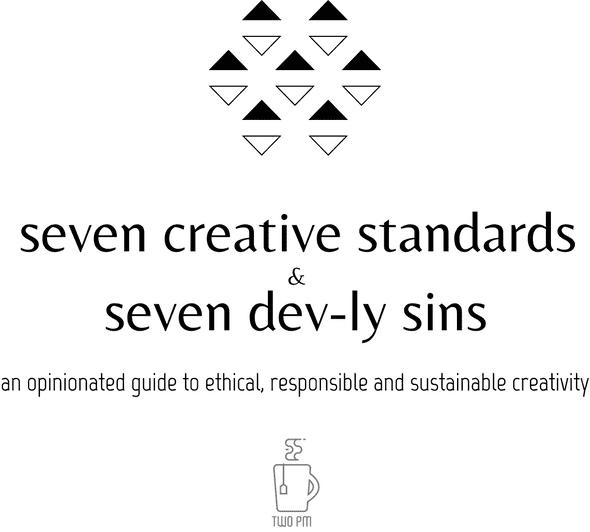
This is a stylised, opinionated and deliberately dramatic rendition of TwoPM Studios’ “ethical creativity guidelines”. A.K.A things we believe in and believe are worth talking about. This is not an attack on anyone else’s approach to creativity nor an assertion that this is will apply to everyone. It took us a while to find principles that fit with us personally and if we can save anyone else out there the time then we think that’s a good thing.
We warmly welcome any feedback and adjustment to the ideas we present here.

Creativity holds an almost mystical status in the collective imagination of people. We regard it as a magical force that blesses a select few and imbues them with an infinite fountain of inspiration that comes from something almost beyond being human. This is a very attractive perspective to most as it has a few convenient properties:
We are infatuated with the supernatural
It’s a non-discriminatory gift, anyone can receive it
It’s not your fault if you don’t turn out to be a creative person
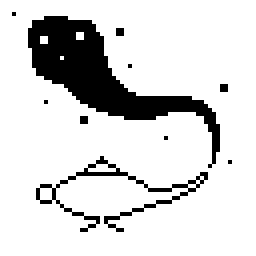
The spirit of creativity will haunt you and whisper “maaake thiiings”
This is wrong. Creativity isn’t a magical ether around us, it’s something your unique perspective and voice compel you to do to be heard. I see creativity as a much more abstract property present in all people. Many people simply employ creativity as a problem solving tool for more pragmatic matters. After all, if you’ve ever had an idea you’ve spent time in the creative headspace. However there is obviously some distinction between creatives who would call themselves “artists” compared to “pragmatists”. As an independent game studio (with commercial software engineering experience) we have endeavoured to walk the line between creative fulfilment and good business sense, but it’s a pretty faint line. We want to demystify creativity and our motivations - to talk about creativity in more down to earth terms, and examine the stigmas and restrictions that surround creative work.
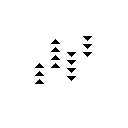
We — that is, us at TwoPM — want to outline the reasons why we do what we do. I look around the creative landscape online and while there have never been more creators there have also never been more people just trying to “make it”.
My background is in software development and game development. I see people churning out projects and products every day in the pursuit of the dream:
Make something you care about (aesthetically, politically, scientifically)
Build an audience that cares about it too
Make a living from it
There’s one thing missing from this list for me: do it ethically, honestly and transparently (that’s one thing, not three!). There is an undercurrent of ethics throughout creative industries — often because of the lack of it in the industries we have fled — and we want to explore it, expand it and commit ourselves to it. This is often regarded as implicit and ineffable which I largely disagree with. Our era is the era of outrage, where so much time is spent rehashing and repeating the same ground work about what’s allowed and where our values lie. In the same way that Creative Commons license allow us to quickly, efficiently and reproducibly identify what restrictions apply to copyrighted materials, we were inspired to codify what we hold to be true in our philosophy of creative practice. We have aimed to create broad principles, not address specific issues or be all-encompassing, but to provide a framework for discussion based on agreement instead of opposition - a list of seven ‘standards’ to hold ourselves to. Opposite each of these standards is not just its absence but its contrary: what we are calling the “Seven Dev-ly Sins.” Our reasoning is that it is often easier to recognise wrongdoing than realise your goals are unfulfilled, but to dwell on a list of negatives is also unproductive. Hopefully, describing both the “sin” and the standard will give a clearer idea of each principle.
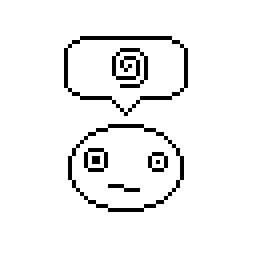
“What are you guys talking about? Sounds like you just made up some rules”
While creativity often benefits others, the internal need to fulfill the creative drive makes it an inherently selfish process — like junkies searching for that artistic fulfillment high. Some argue that because of this, creation must be for the creator others would say it must be for the audience. This begs the question: is it healthy to create solely for others? On surface inspection this is a noble idea, to put aside your own desires and focus on others. How can this be wrong?
The reality is there is a false dichotomy between benefit to other and benefit to yourself, and the overlap between the two is the sweet spot of creation. Somewhat ironically the creation that will be most loved by your audience is the creation you most authentically, joyfully and selfishly produce (do note you may be more popular if you are not genuine, but the depth of connection with the audience can never be the same). You may have identified an absence in the world and you may even have a fantastic solution for it, but if you don’t personally resonate with the subject matter your work will never reach its full potential. Personal attachment is the only thing that will let you push through writer’s block again and again. Making something is a form of self-care and if you are solely focused on making something for others then you’re missing a whole term of the equation. In the end, driving yourself to create for others alone is to drain the very fuel of creativity.
I would ever go so far as to say that without personal attachment to your work it will be, at least somewhat, devoid of beauty. There are formulas and frameworks to follow to produce aesthetically pleasing work but the beauty itself remains unquantifiable. This fact has long irritated me as a technical, analytical creative. Why isn’t there a bulletproof recipe for a beautiful work?
This is the basis of our first “Devly Sin” - External Force, to allow something totally outside of you to drive your work. External influence and benefit is not wrong but to hold it foremost is to rob your work of meaning. Furthermore, subjectivity on the end of the receiver is the double-edged sword of creation. One person may feel intensely understood and appreciated while another feels absolutely nothing. In short: you cannot rely on the reception of your creative work as the heart of your creativity. Focus instead on your own attachment and intention — let it be the meat of the matter — and leave public reception as the icing on the cake.
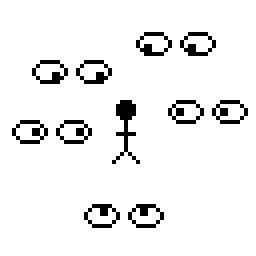
Just ignore them. No-one is watching. NO-ONE IS WATCHING.
Obviously there are many answers to this question — practical, political and personal — but at the heart of the question lies another: “What is the creative drive?” It’s blatant that the starving artist trope holds some truth, but why? Why create despite? What motivates creativity in the face of the very real benefits of productive conformity? Healthy creative pursuits stem from a perceived “lack” in the world. This can be a practical absence (a product that doesn’t exist yet) or a more philosophical absence (your unique perspective on life or a facet of it). The type of absence is irrelevant to the process, though it is heavily relevant to what medium you choose. Without a target void to fill we are aimlessly creating and few things are more demotivational than the feeling that your work is unimportant.
For me creativity is the process of taking in, breaking down and processing other people’s ideas then subsequently recombining them with my own preferences and coming up with something that I think the world is missing. Not something that will make me rich, not something people will love, something that I think the world needs to see. At our core creative people are simply the one’s who can’t bear the world without. This is where the passion of creation comes from, once you spot your “lack” you are intensely motivated to close the gap between our present world and your newly imagined one. From this idea we draw The First Standard:

Your effort and ethics should be something you believe in, not an external force that moves you, but an internal rule by which you measure all that you create. You have a responsibility to grow and develop that internal force, to define the bounds of what you do, and to hold all your creations to that standard.

This is part one of our series “Seven Creative Standards and Seven Dev-ly Sins.” You can read the rest of the series here or learn more about us at twopm.studio/about.
![]()
Written by Ben (@vivavolt) and Ricky (@iammonshushu) at TwoPM Studios in Brisbane, Australia.
You May Also Like